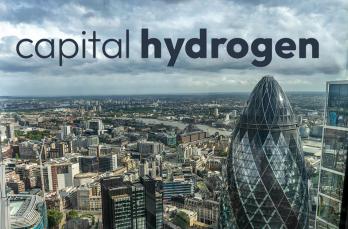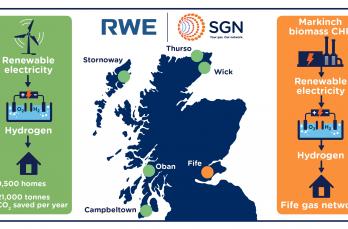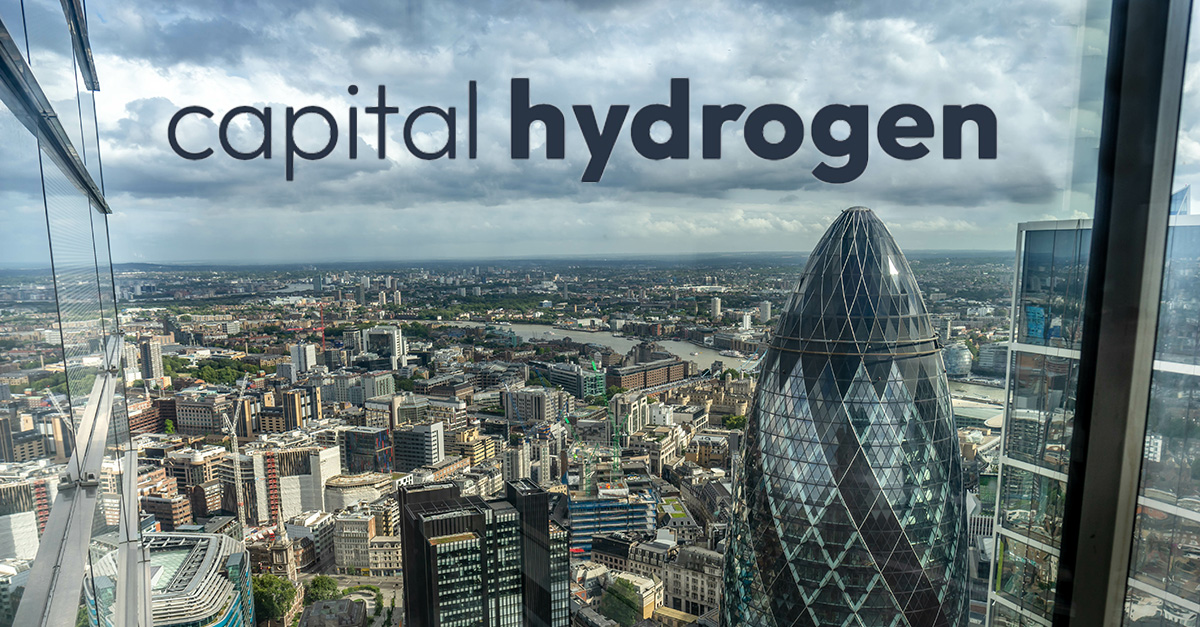
The role that hydrogen can play in helping London become net zero carbon by 2030 has been revealed in a study launched today by Britain’s largest gas network companies.
Capital Hydrogen is a partnership between Cadent, SGN and National Grid Gas Transmission, which are responsible for the safe and reliable supply of gas to millions of customers. The programme plans to deliver a transition to hydrogen for gas networks in the East of England, South East and London through a series of projects over the next 15-20 years.
Their hydrogen vision for the capital and the wider region will be set out at a House of Commons launch event this morning, where the potential benefits and opportunities to London and Britain will be highlighted. These include reducing emissions, generating jobs and skills, boosting future energy independence and offering greater comfort for London’s citizens, including the most vulnerable.
Earlier this year, the infrastructure companies launched a feasibility study for the transition of London’s gas network to hydrogen.
The research has now been completed and identified that by 2050, London will need at least 40TWh of hydrogen to decarbonise heating, transport and power generation. The report identifies a potential 100-170TWh of hydrogen production at coastal locations across the east of England and the south east, and shows how the gas networks can be re-purposed to transport the hydrogen to where it is needed.
The report also includes concepts for the first supply of hydrogen via two potential routes for new build 100% hydrogen pipelines in the east of London on the north and south bank of the Thames, and sources of hydrogen supply that can feed into these pipelines. These pipelines could deliver low carbon hydrogen directly to some of the largest energy users in London and the Thames Estuary by the early 2030s. Intensive engagement with these potential hydrogen users has resulted in overwhelming support for the proposed pipelines and a forecast of proposed hydrogen usage.
The transition to low carbon hydrogen will contribute to the Mayor’s commitment for London to be net zero carbon by 2030, as well as the wider UK government commitment for net zero by 2050.
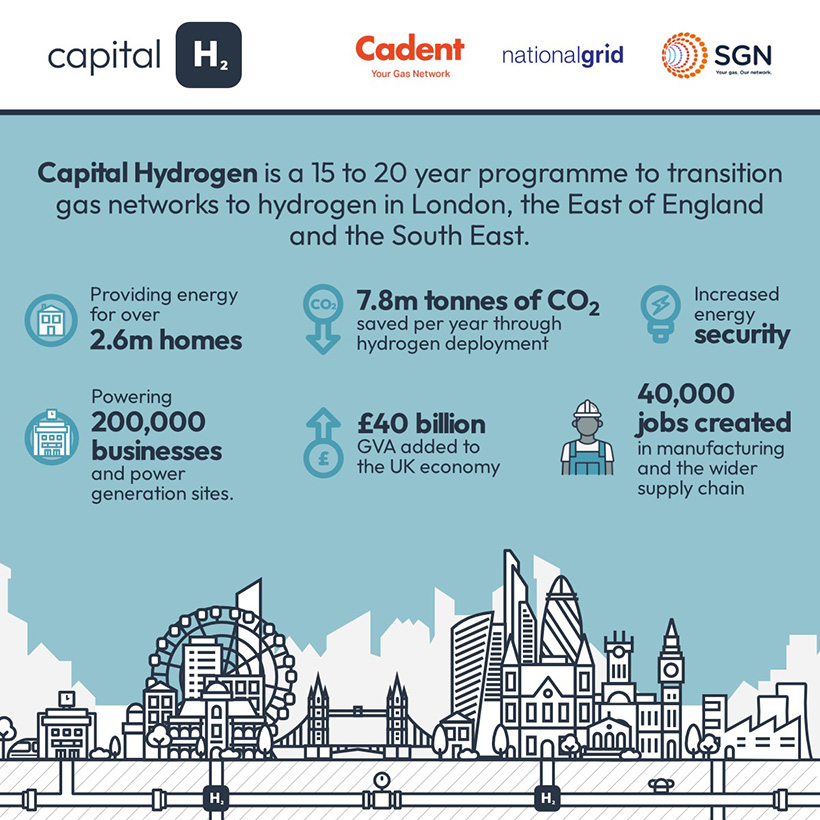
Capital Hydrogen at a glance
SGN Project Manager Graham Cox said: “We’re very pleased to announce the launch of our hydrogen vision for London. Our roadmap aims to help meet London’s ambitious climate targets by accelerating hydrogen deployment in the capital.
“As one of the gas distribution networks in the capital, keeping our customers safe and warm in their homes is our number one priority. Therefore, it’s critically important for us that our strategy for green home heating solutions promotes customer choice and protects the most vulnerable. We’re delighted to have participated in this feasibility study which shows that hydrogen is a real option for how customers heat their homes in a net zero world, also providing home-grown energy and helping boost the UK’s energy security.”
Sally Brewis, Head of Regional Development at Cadent, said “Cadent is thrilled with the outputs of the feasibility stage for Capital Hydrogen. We’ve demonstrated the pathway to meeting London’s 2030 and 2050 hydrogen needs, using hydrogen produced in the wider region. And we’ve also identified a near-term opportunity to meet the decarbonisation needs of scores of East London’s industrial, transport and heat network operators using hydrogen delivered through our proposed new pipelines.”
National Grid Gas Transmission Chief Executive Officer Jon Butterworth said: “Hydrogen is essential in the journey to net zero emissions. Our Project Union complements Capital Hydrogen by repurposing key sections of Britain’s gas network – with some new build – to deliver a UK hydrogen backbone by the early 2030s. In Capital Hydrogen, we would provide resilience by connecting south east and UK-wide hydrogen production and storage to customers and to distribution networks across the region, stimulating the market and the investment needed in hydrogen production.”
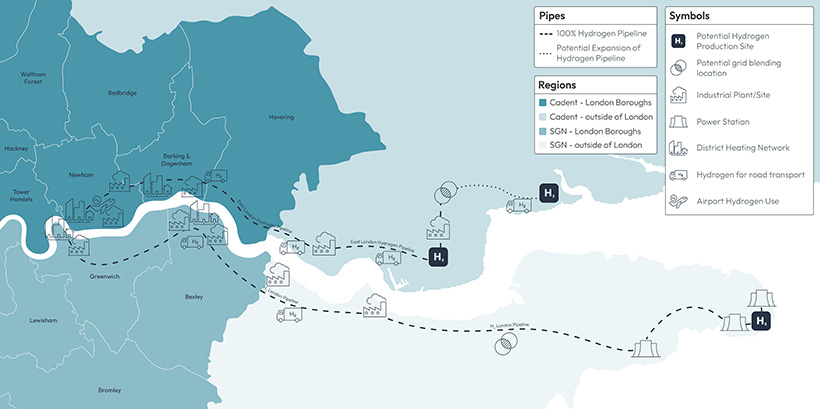
Hydrogen pipeline map


